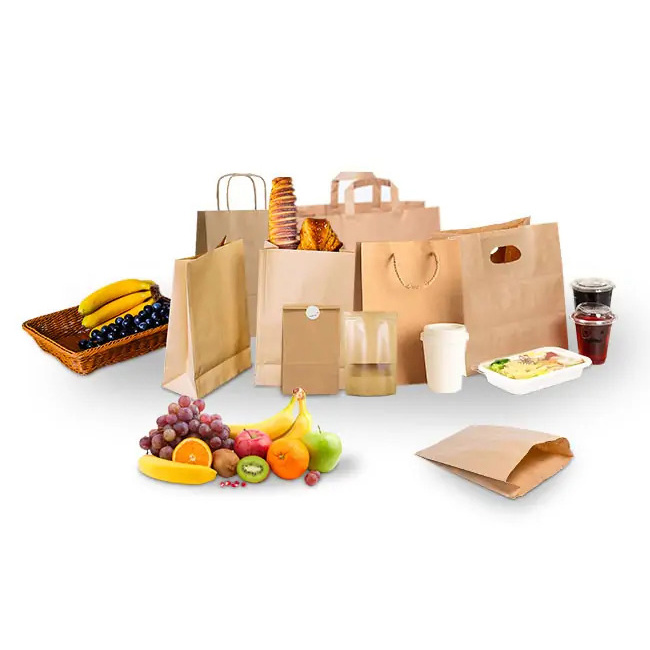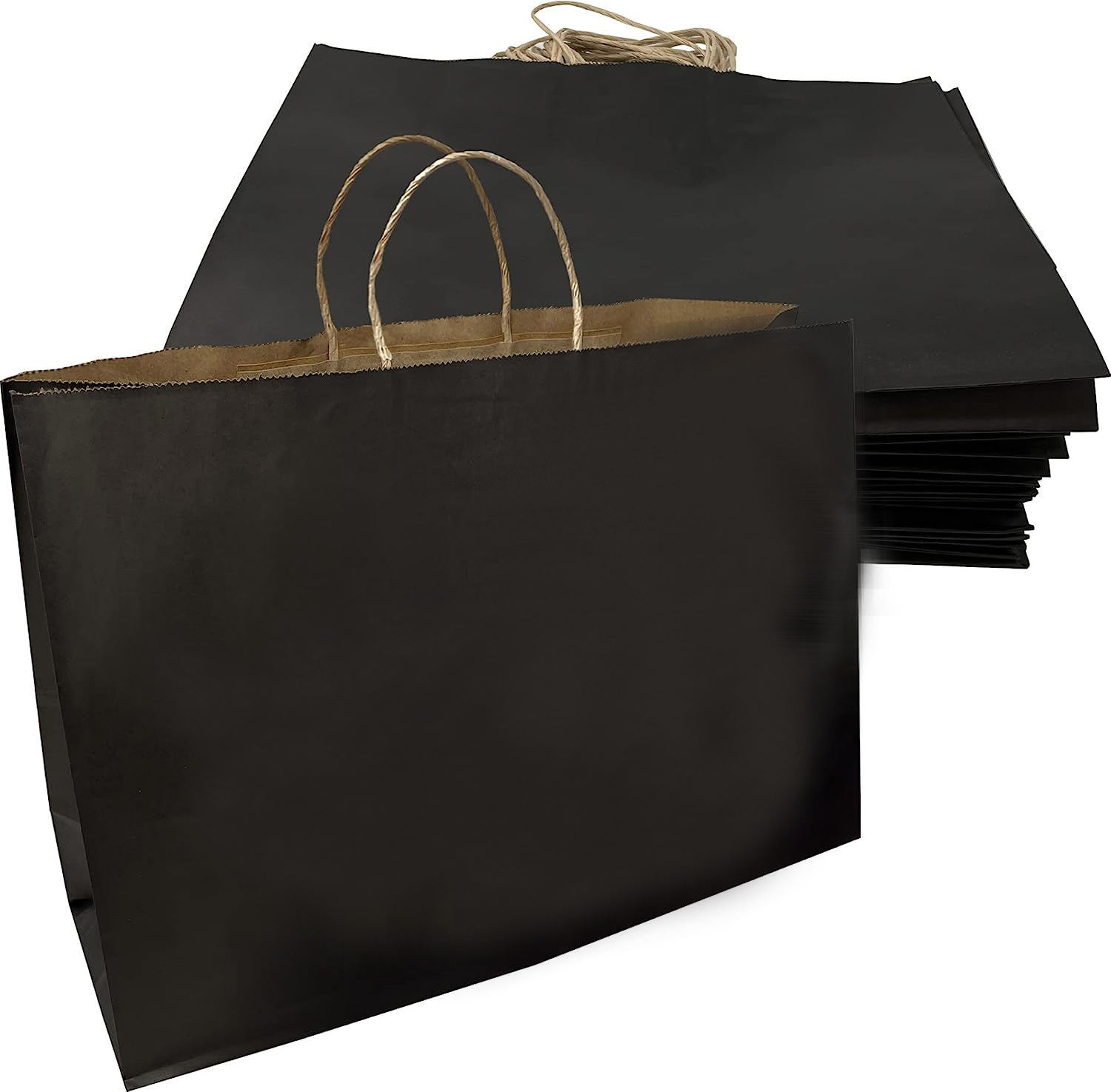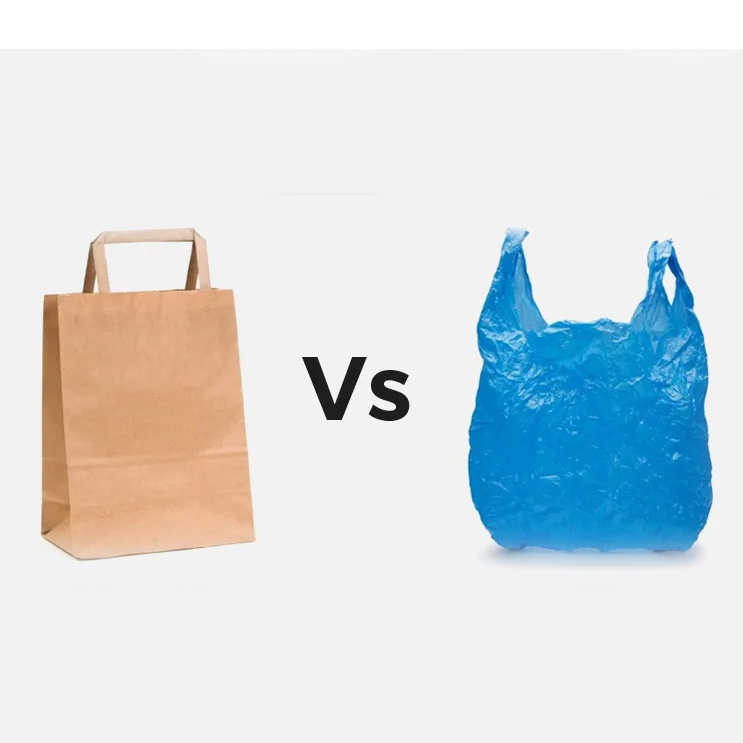How to judge the strength of shopping paper bags
Release time:
Oct 09,2025
Not all shopping paper bags are created equal. Just like any product, their quality and performance can vary greatly depending on materials, production techniques, and design. For retailers, ensuring bag strength is critical—weak paper bags can easily tear, damaging products and customers’ trust. In contrast, well-made, durable bags enhance both the user experience and brand image. Here’s how to assess the strength and environmental performance of shopping paper bags before purchasing in bulk.
1. Understanding Paper Grammage and Density
The first indicator of a paper bag’s strength is its *grammage*—the weight of the paper per square meter, typically expressed in grams per square meter (gsm). Grammage directly affects the bag’s durability and load-bearing capacity: the higher the gsm, the thicker and stronger the paper. For instance, lightweight paper (below 100 gsm) is suitable for small, light items, while premium shopping bags often use paper between 150–250 gsm for improved strength.
If suppliers cannot provide grammage details, you can request samples and measure it yourself with specialized tools. Once the grammage is known, an online load-capacity calculator can help estimate how much weight the bag can safely carry. This ensures you choose a bag that matches your product’s requirements, balancing strength with cost efficiency.
2. Evaluating Environmental Impact
While the debate over whether paper or plastic bags are more eco-friendly continues, modern paper shopping bags—especially those made from kraft or recycled paper—offer clear sustainability advantages. Although paper production does involve tree harvesting and water use, responsible manufacturers now rely on managed forests and recycled fibers to minimize ecological impact. Additionally, wastewater from papermaking is treated to meet environmental standards before discharge.
Unlike plastic, which persists in the environment for centuries and releases microplastics into soil and water, paper naturally biodegrades and can be easily recycled. Once wet, it breaks down into pulp that can be reused to create new paper products. Plastic, on the other hand, clogs recycling systems and contaminates other materials when melted. This makes paper a far more circular and eco-friendly choice in the long term.
3. Balancing Practicality and Sustainability
Paper bags are not only better for the planet—they also provide superior protection for products. High-strength kraft paper bags or laminated designs can carry delicate or heavier goods without tearing or stretching. They’re also safer for food, as they contain no harmful residues or odors, unlike certain plastic alternatives.
With growing awareness of oil dependency and environmental pollution, many brands are returning to paper shopping bags as part of their sustainability strategy. These bags align with both environmental goals and brand aesthetics, creating a positive, responsible image in consumers’ minds.
4. Partnering with a Trusted Supplier
For businesses seeking reliability, partnering with an experienced manufacturer like SenAng ensures consistent quality, customization flexibility, and eco-certified materials. SenAng offers a wide range of paper shopping bags, available in different grammages, styles, and handle materials to suit your brand’s needs.
By understanding the technical and environmental aspects of shopping paper bags, businesses can make informed purchasing decisions—offering customers packaging that is strong, sustainable, and aligned with modern environmental values.
Previous
Previous

 English
English Русский язык
Русский язык Español
Español













